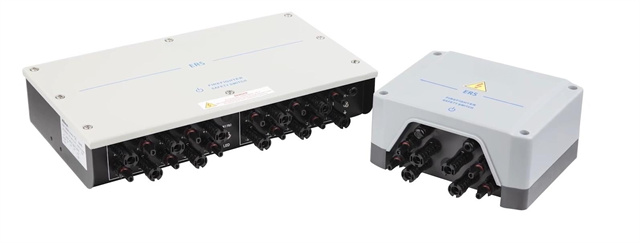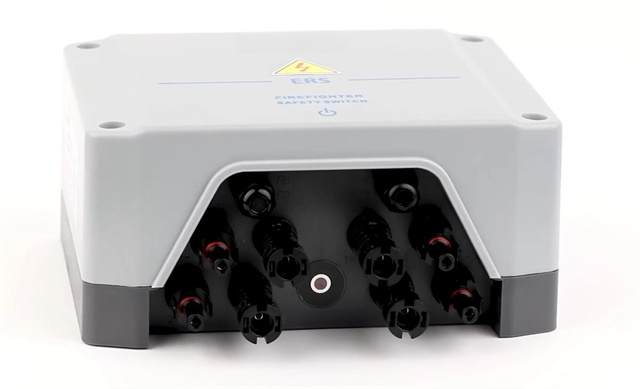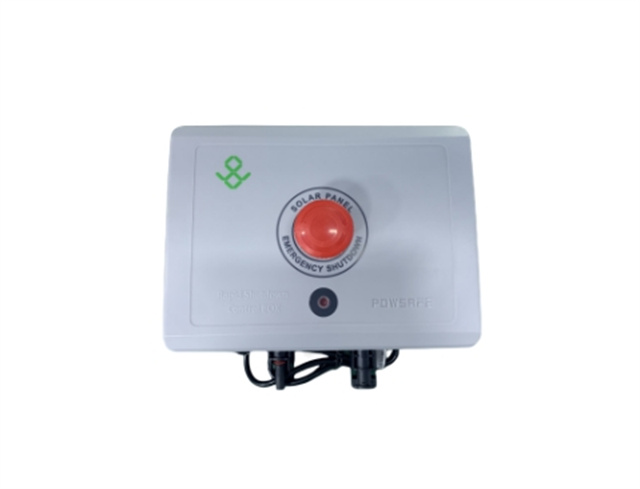Author:BLD Solar Energy SystemFROM:Solar System Converter Manufacturer TIME:2023-08-28
The solar industry has seen significant growth in recent years, driven by the increasing demand for renewable energy sources. One crucial aspect of solar installations is ensuring the safety of both installers and first responders. To address this concern, rapid shutdown requirements have been implemented, mandating that photovoltaic (PV) systems quickly shut down in the event of an emergency. In this article, we will explore the technical features of solar rapid shutdown requirements.

Rapid shutdown requirements aim to enhance the safety of PV systems by reducing the risk of electrical shock and fire hazards. In the event of a fire or other emergencies, it is crucial to swiftly disable the PV system to prevent further accidents. The standards for rapid shutdown are established to protect firefighters, emergency personnel, and others who may need to interact with the system during an emergency situation.

String-level rapid shutdown refers to the ability to rapidly shut down the flow of electricity in each individual string of solar panels. This allows for more granular control over the system and ensures that power generation ceases quickly. String-level shutdown can be achieved through various methods, such as module-level power electronics (MLPEs), DC optimizers, or microinverters. These devices enable the disconnection of each solar panel from the array's main DC circuit, significantly reducing the voltage and potential electrical hazards.

Effective communication and monitoring systems play a crucial role in ensuring the success of rapid shutdown requirements. PV systems must be equipped with compliant rapid shutdown devices that can communicate with each other and the central control unit. This enables the system to rapidly transmit shutdown signals in case of an emergency. Additionally, monitoring systems allow installers and first responders to identify the status of each string and ensure that proper shutdown has occurred.
In conclusion, rapid shutdown requirements are essential for the safety of solar installations. By implementing string-level shutdown mechanisms and utilizing effective communication and monitoring systems, the risk of electrical shock and fire hazards can be significantly reduced. It is crucial for stakeholders in the solar industry to stay updated with the latest technical features of rapid shutdown requirements to ensure compliance and promote safety in this rapidly growing sector.
